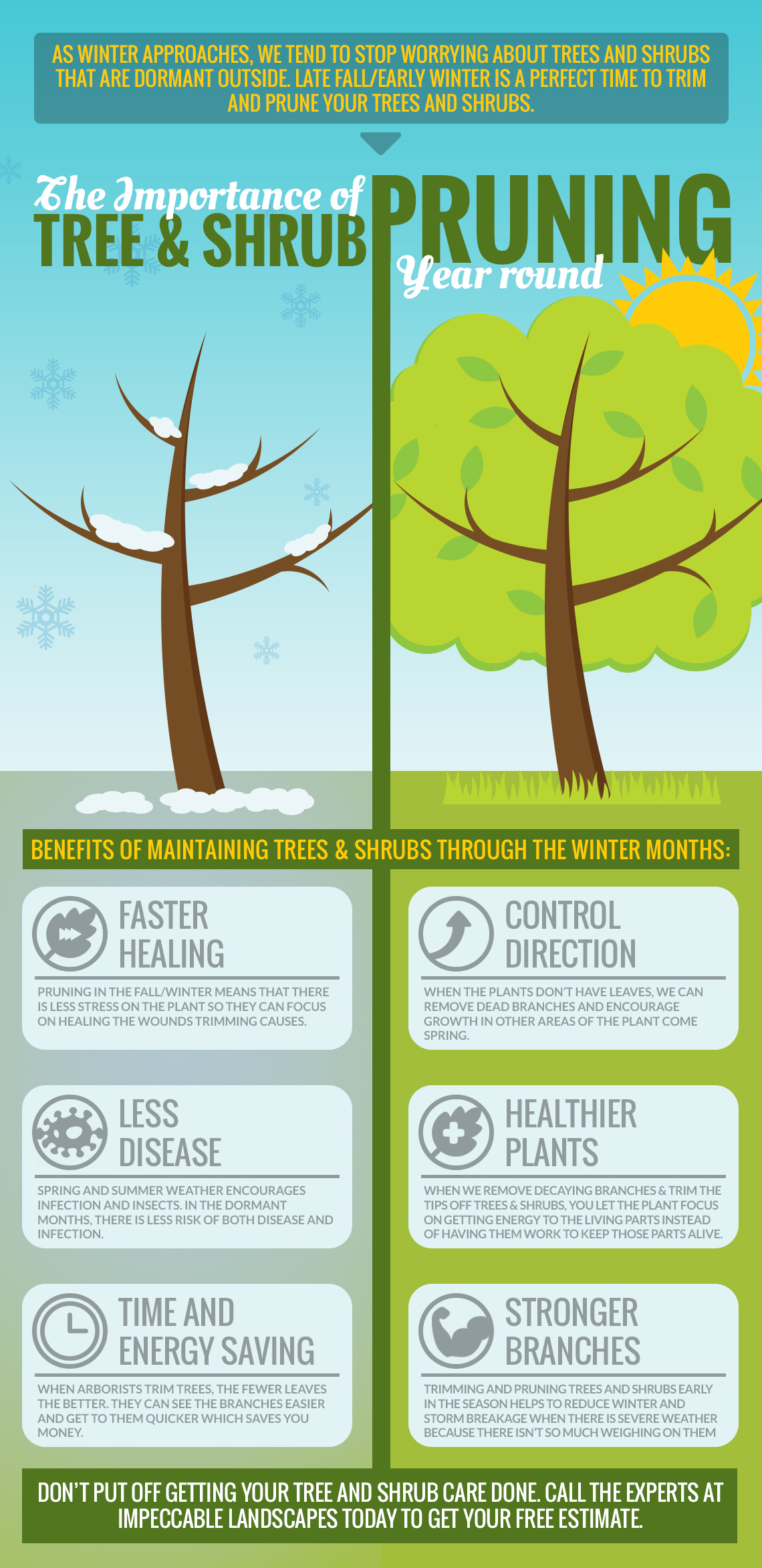Signals That It's Time To Eliminate A Tree: Identifying Unsafe Trees
Signals That It's Time To Eliminate A Tree: Identifying Unsafe Trees
Blog Article
Author-Winther Goodman
When it concerns tree care, recognizing the indications that it's time for elimination is important for your safety and security and property. You could discover stained fallen leaves, wilting branches, or weird fungal growths indicating health issue. Architectural problems, like a considerable lean or fractures in the trunk, can additionally present risks. Comprehending these warning signs can help you make informed choices regarding your trees and stop prospective risks prowling in your lawn. What should you look for following?
Indications of Decay and Condition
When you discover indications of decay and illness in your trees, it's vital to act promptly. Try to find tarnished leaves, wilting branches, or uncommon developments like fungus. These can indicate that your tree is struggling.
If you see fractures in the bark or soft, mushy timber, these symptoms suggest inner decay. Additionally, an abrupt rise in bugs around your tree can indicate that it's damaged and prone.
Look for any type of dead or dying arm or legs, as they position a risk to your residential or commercial property and safety. If you doubt about what you see, consulting an arborist can offer quality.
Attending to these signs early can conserve you from extra substantial damages and guarantee the health and wellness of your lawn. Do not wait until it's too late.
Structural Instability and Leaning
As you observe your trees, watch out for any type of signs of structural instability or leaning. If a tree leans substantially, it may show that the root system is endangered.
Try to find any type of fractures in the trunk or soil around the base; these can signal potential failure. Additionally, look for uncommon growth patterns, like an unbalanced crown, which might recommend that the tree is struggling to hold itself upright.
If you see that the tree leans toward your home, high-voltage line, or various other structures, it poses a better threat. Don't disregard these indications-- speak with an arborist to analyze the situation.
Acting early can stop expensive damages and guarantee your safety.
Dead or Dying Branches and Foliage
If you see dead or dying branches and vegetation on your tree, it's a clear indicator that something's incorrect.
These undesirable locations can show underlying issues like disease, parasite infestations, or ecological stress and anxiety. When branches shed their leaves or turn brown, they're no more adding to the tree's wellness. Neglecting these indicators might bring about more decline, making your tree extra harmful.
Dead branches can conveniently break off throughout storms, posturing a danger to property and individuals close by. Tree Pruning Shears to assess the degree of the damage.
If the issue impacts a substantial part of the tree, think about consulting a specialist. They can aid identify if elimination is required to make certain safety and security and keep the appeal of your landscape.
Verdict
If you see any kind of indications of degeneration, structural instability, or dead branches on your trees, do not overlook them. https://drive.google.com/drive/folders/1NpFYZ4kfhFQdRQRtNnwPsQBR5l-zqurg?usp=drive_open can present severe safety and security threats to you and your home. It's constantly best to seek advice from a specialist arborist that can supply a specialist evaluation of your trees. Doing something about it early can avoid accidents and pricey damage, guaranteeing your landscape stays safe and healthy and balanced. Keep in mind, it's better to be proactive regarding tree care than to wait on a calamity to take place.
